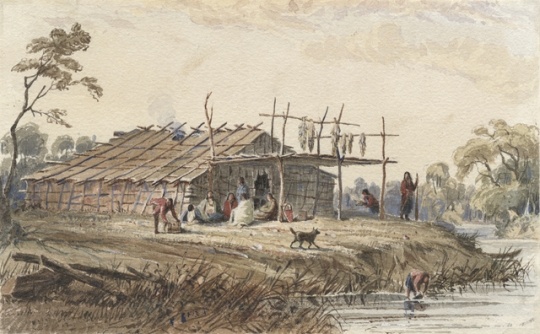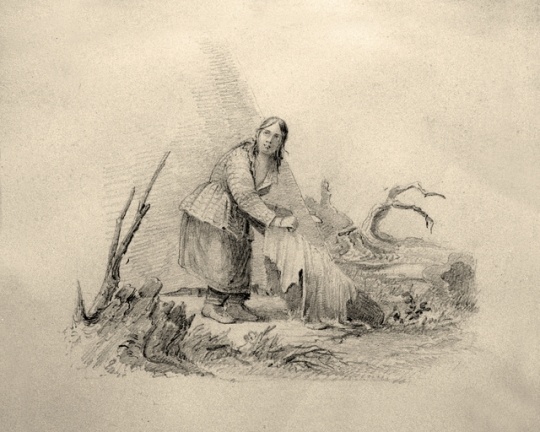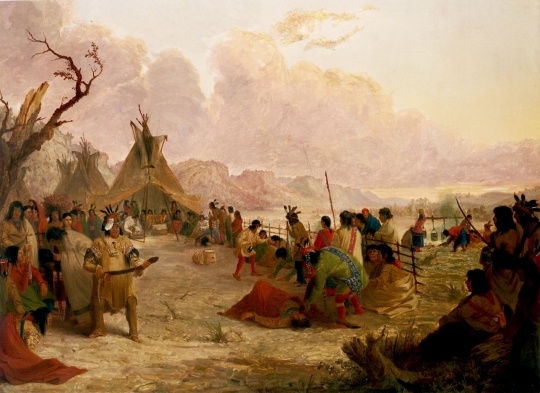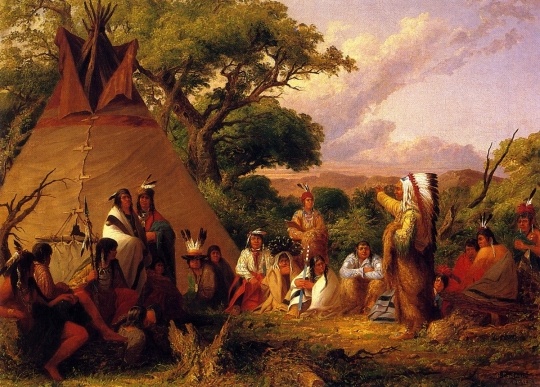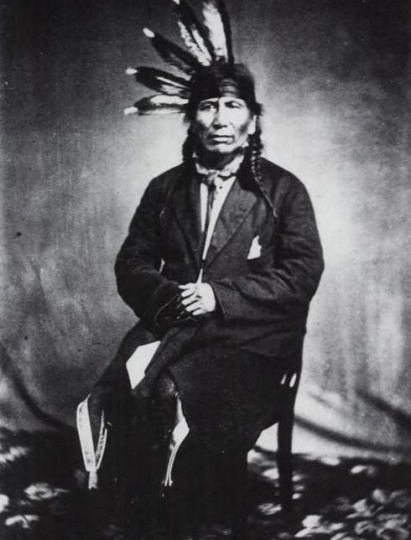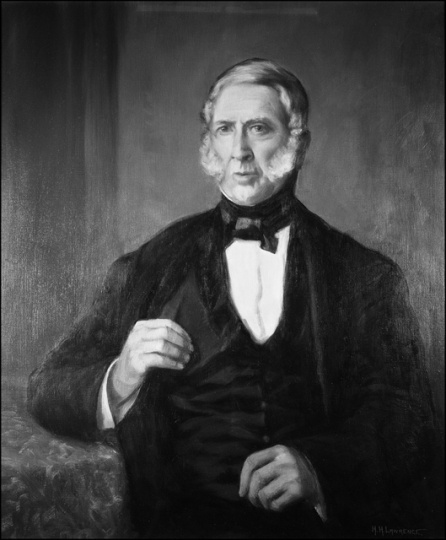Inyan Ceyaka Otunwe
Bibliography
Babcock, Willoughby M. “Louis Provencalle, Fur Trader.” Minnesota History 20, no.3 (September 1939): 259–268.
http://collections.mnhs.org/MNHistoryMagazine/articles/20/v20i03p259-268.pdf
Gardner, Denis P. Minnesota Treasures: Stories Behind the State’s Historic Places. St. Paul: Minnesota Historical Society Press, 2004.
Long, Stephen H. Voyage in a Six-Oared Skiff to the Falls of Saint Anthony in 1817. Philadelphia: Henry B. Ashmean, Book and Job Printer, 1860.
https://books.google.com/books?id=sQY8AAAAIAAJ&pg=PA114&lpg=PA114&dq=Fort+Lewis+and+Trading+Post+and+Minnesota#v=onepage&q&f=false
“Minnesota Department of Transportation Historic Roadside Development Structures Inventory, CR-CKC-057.”
http://www.dot.state.mn.us/roadsides/historic/files/iforms/CR-CKC-057.pdf
Nute, Grace Lee. “Posts in the Minnesota Fur Trading Area, 1660–1855.” Minnesota History 11, no. 4, (December 1930): 353–385.
http://collections.mnhs.org/MNHistoryMagazine/articles/11/v11i04p353-385.pdf
Spector, Janet. What This Awl Means. St. Paul: Minnesota Historical Society Press, 1991.
Editor’s Note: This book was the main source used in the writing of this article.
Chronology
c.100 CE
1794
1800
1802
May 27, 1827
1833
1834
1838
1843
1851
1853
1862
1880s
1980
1999
Bibliography
Babcock, Willoughby M. “Louis Provencalle, Fur Trader.” Minnesota History 20, no.3 (September 1939): 259–268.
http://collections.mnhs.org/MNHistoryMagazine/articles/20/v20i03p259-268.pdf
Gardner, Denis P. Minnesota Treasures: Stories Behind the State’s Historic Places. St. Paul: Minnesota Historical Society Press, 2004.
Long, Stephen H. Voyage in a Six-Oared Skiff to the Falls of Saint Anthony in 1817. Philadelphia: Henry B. Ashmean, Book and Job Printer, 1860.
https://books.google.com/books?id=sQY8AAAAIAAJ&pg=PA114&lpg=PA114&dq=Fort+Lewis+and+Trading+Post+and+Minnesota#v=onepage&q&f=false
“Minnesota Department of Transportation Historic Roadside Development Structures Inventory, CR-CKC-057.”
http://www.dot.state.mn.us/roadsides/historic/files/iforms/CR-CKC-057.pdf
Nute, Grace Lee. “Posts in the Minnesota Fur Trading Area, 1660–1855.” Minnesota History 11, no. 4, (December 1930): 353–385.
http://collections.mnhs.org/MNHistoryMagazine/articles/11/v11i04p353-385.pdf
Spector, Janet. What This Awl Means. St. Paul: Minnesota Historical Society Press, 1991.
Editor’s Note: This book was the main source used in the writing of this article.








